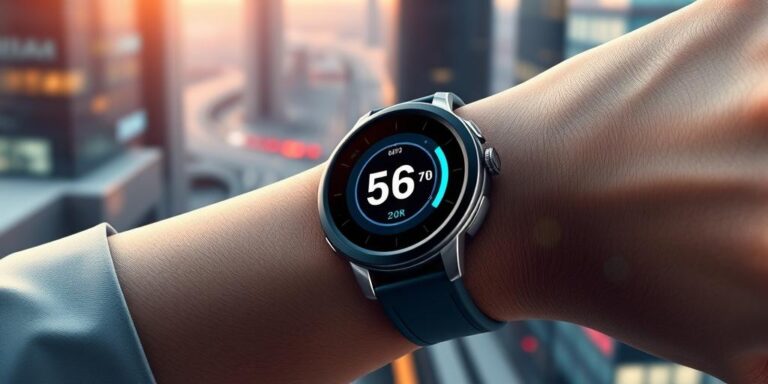The Future of Smartwatches: More Power, More Autonomy (2026)
Smartwatches have evolved from simple notification centers to sophisticated devices capable of tracking our health, managing our communications, and even making payments. As we look ahead to 2026, the trajectory points towards even greater power and autonomy. This article explores the key advancements expected in smartwatch technology over the next few years.
Enhanced Processing Power
One of the most significant changes will be the increase in processing power. Future smartwatches will likely feature more advanced chipsets, enabling faster performance and smoother multitasking. This will allow for more complex applications, such as augmented reality (AR) overlays, advanced AI-driven health monitoring, and real-time language translation.
- Improved Efficiency: Expect processors designed for optimal energy use, extending battery life even with increased functionality.
- AI Integration: On-device AI processing will become standard, allowing for personalized user experiences and predictive health insights.
Advanced Health Monitoring
Health monitoring capabilities will continue to expand. Beyond heart rate and sleep tracking, future smartwatches will incorporate sensors for continuous blood glucose monitoring, blood pressure measurement, and even early detection of diseases through biomarker analysis.
- Non-Invasive Sensors: Innovations in sensor technology will enable more accurate and comfortable health monitoring.
- Predictive Health: AI algorithms will analyze health data to provide personalized recommendations and early warnings for potential health issues.
Greater Autonomy and Connectivity
Smartwatches of 2026 will operate more independently from smartphones. Enhanced connectivity options, such as 5G and satellite communication, will allow for standalone functionality, including making calls, sending messages, and streaming media without a paired device.
- Standalone Functionality: Reduced reliance on smartphones will make smartwatches more versatile for various activities.
- Seamless Connectivity: Improved connectivity options will ensure smartwatches remain connected in diverse environments.
Extended Battery Life
Battery life has always been a critical factor for smartwatch users. By 2026, advancements in battery technology and power management will significantly extend the time between charges. Expect to see smartwatches that can last for several days or even weeks on a single charge.
- Improved Battery Technology: New battery materials and designs will increase energy density and longevity.
- Optimized Power Management: Software and hardware optimizations will minimize power consumption, extending battery life.
Flexible Displays and Form Factors
The design of smartwatches will also evolve. Flexible displays will enable curved and more ergonomic designs, while new form factors, such as smart rings and patches, will offer alternative ways to wear and interact with technology.
- Ergonomic Designs: Flexible displays will allow for more comfortable and natural-feeling smartwatches.
- Alternative Form Factors: Smart rings and patches will provide discreet and convenient ways to access smartwatch functionalities.
Enhanced Security Features
With increased functionality and connectivity comes the need for robust security measures. Future smartwatches will incorporate advanced biometric authentication, such as vein recognition and electrocardiogram (ECG) analysis, to protect user data and prevent unauthorized access.
- Biometric Authentication: Advanced biometric methods will enhance security and privacy.
- Secure Data Storage: Encrypted storage and secure communication protocols will protect sensitive user information.
Conclusion
The future of smartwatches in 2026 promises a leap forward in processing power, health monitoring, autonomy, and design. These advancements will transform smartwatches from accessories into essential devices that empower users to manage their health, stay connected, and enhance their daily lives. As technology continues to evolve, smartwatches will play an increasingly significant role in our connected world.




